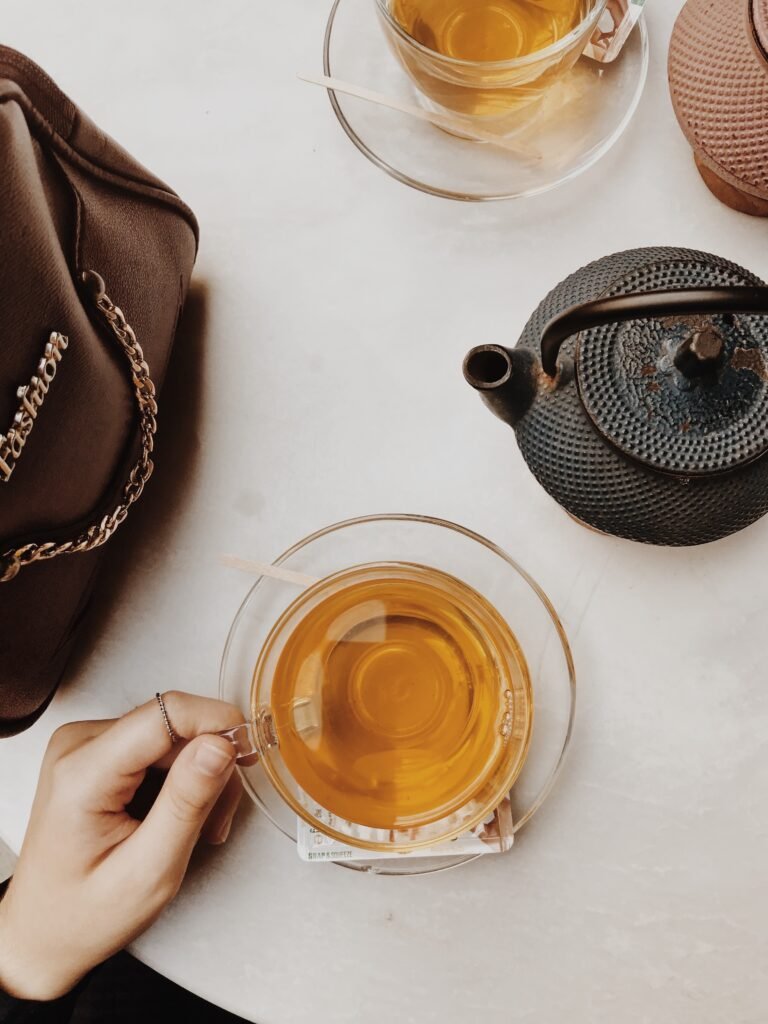Tea, an ancient and beloved beverage, undergoes a fascinating journey of transformation before it reaches our cups. In this article, we dive into the intricate process of tea manufacturing, exploring each step involved in turning fresh tea leaves into the flavorful brews we enjoy. Tea Manufacturing: From Leaf to Cup

- Introduction: The Art and Science of Tea Manufacturing
- Plucking the Freshest Leaves: The First Step in Tea Production
- Withering: A Delicate Process to Reduce Moisture
- Rolling: Transforming Leaves into Desired Shapes
- Oxidation: Unleashing Flavor Through Controlled Chemical Reactions
- Firing: Halting Oxidation and Preserving Flavor
- Sorting and Grading: Categorizing Tea Leaves by Quality
- Blending: Creating Unique Flavor Profiles
- Packaging: Safeguarding Freshness and Aroma
- From Factory to Store: Distribution and Retailing
- Brewing: The Final Step in the Journey
- The Role of Technology: Modernizing Tea Manufacturing
- Sustainability in Tea Manufacturing: Balancing Tradition and Progress
- FAQs About Tea Manufacturing: Answers to Your Curiosities
Introduction: The Art and Science of Tea Manufacturing
Tea manufacturing is a harmonious blend of traditional craftsmanship and modern techniques, ensuring the highest quality from start to finish.
Plucking the Freshest Leaves: The First Step in Tea Production
The process begins with carefully hand-picking young, tender leaves, a crucial step that impacts the final flavor and aroma of the tea.
Withering: A Delicate Process to Reduce Moisture
Withering involves controlled dehydration, softening the leaves for subsequent rolling and oxidation.
Rolling: Transforming Leaves into Desired Shapes
Rolling breaks the cellular structure of tea leaves, initiating oxidation and shaping them into distinct forms.
Oxidation: Unleashing Flavor Through Controlled Chemical Reactions
Oxidation, a pivotal step, influences the color, flavor, and aroma of the tea by encouraging chemical reactions within the leaves.
Firing: Halting Oxidation and Preserving Flavor
Firing, or drying, is a crucial step that halts oxidation, locks in flavor, and reduces moisture content.
Sorting and Grading: Categorizing Tea Leaves by Quality
Tea leaves are sorted and graded based on size, appearance, and quality, ensuring uniformity in the final product.
Blending: Creating Unique Flavor Profiles
Blending involves combining teas of different grades and origins to create unique flavor profiles and maintain consistency.
Packaging: Safeguarding Freshness and Aroma
Proper packaging is essential to protect tea from moisture, light, and air, preserving its freshness and aromatic qualities.
From Factory to Store: Distribution and Retailing
The journey from the manufacturing facility to the retail store involves careful handling and transportation to maintain tea’s quality.
Brewing: The Final Step in the Journey
The ultimate culmination of tea manufacturing is in the hands of the consumer, where brewing techniques bring out the tea’s flavors.
The Role of Technology: Modernizing Tea Manufacturing
Technology has revolutionized tea manufacturing, enhancing efficiency, quality, and sustainability.
Sustainability in Tea Manufacturing: Balancing Tradition and Progress
Balancing traditional practices with modern sustainability initiatives is crucial to ensure the longevity of tea manufacturing.
FAQs About Chai Manufacturing: Answers to Your Curiosities
1. How long does it take to manufacture tea from plucking to packaging? The time varies depending on the type of tea and processing methods, but it generally takes several hours to a few days.
2. What is the role of oxidation in Chai manufacturing? Oxidation contributes to the development of tea’s color, flavor, and aroma by altering the chemical composition of the leaves.
3. Can Chai manufacturing be done on a small scale? Yes, small-scale artisanal tea manufacturing is practiced, focusing on preserving traditional techniques and producing high-quality teas.
4. How is tea packaging designed to maintain freshness? Tea packaging is designed to be airtight, light-resistant, and moisture-proof, ensuring the tea’s freshness and preserving its delicate flavors.
5. Are there any health considerations in Chai manufacturing ? Tea manufacturers prioritize food safety and adhere to hygiene standards to ensure the health and well-being of consumers.
Contact Details:- 9499347308
